Obviously this image is pretty tough as it is low clarity and is not a real word. However, with this code, I'm detecting nothing close:
import pytesseract
from PIL import Image, ImageEnhance, ImageFilter
image_name = 'NedNoodleArms.jpg'
im = Image.open(image_name)
im = im.filter(ImageFilter.MedianFilter())
enhancer = ImageEnhance.Contrast(im)
im = enhancer.enhance(2)
im = im.convert('1')
im.save(image_name)
text = pytesseract.image_to_string(Image.open(image_name))
print(text)
outputs
, Mdfiaodfiamms
Any ideas here? The image my contrasting function produces is:
Which looks decent? I don't have a ton of OCR experience. What preprocessing would you recommend here? I've tried resizing the image larger, which helps a little bit but not enough, along with a bunch of different filters from PIL. Nothing getting particularly close though


